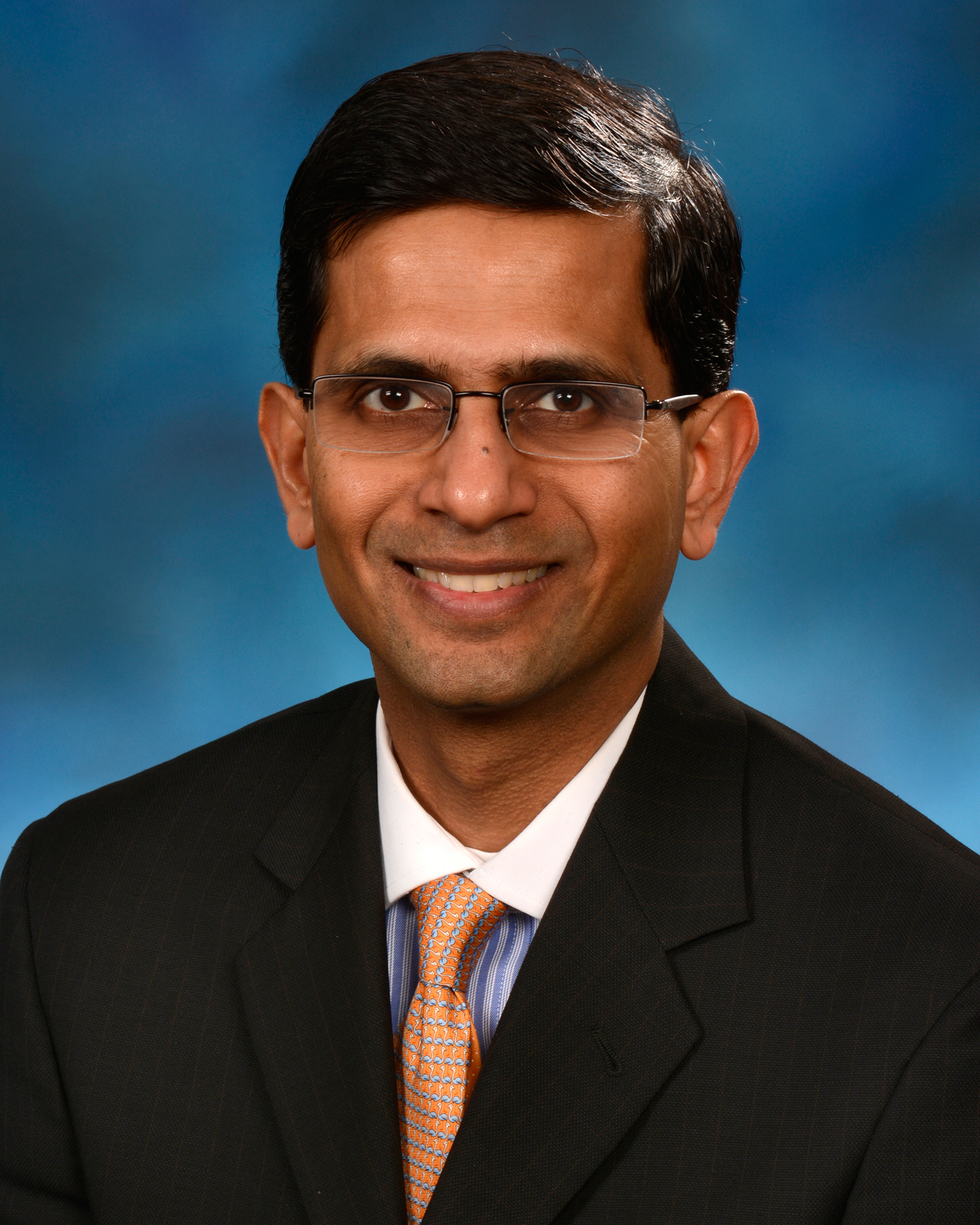Air Pollution and Diabetes
Air Date: Week of January 10, 2014

Smog over Shanghai. New research suggests that dirty air is contributing to the global diabetes pandemic (photo: bigstockphoto.com)
We’ve long known that air pollution is bad for our lungs and can even cause cardiovascular disease, but as Doctor Sanjay Rajagopalan tells host Steve Curwood, recent research suggests that breathing dirty air in combination with a fatty diet can promote diabetes.
Transcript
CURWOOD: It's Living on Earth, I'm Steve Curwood. Now, here is the US, environmental legislation has helped clean up much of the air we breathe, and the recently published EPA standards for new power plants will do even more in the future, if they're implemented. But much of the rest of the world still suffers from bad air. Particulate air pollution is a major health concern for people living in cities around the world, and has long been linked to respiratory and cardiovascular health problems. But now new research out of the University of Maryland suggests a strong link between air pollution, diabetes and high fat diets. Joining us now to explain is Dr. Sanjay Rajagopalan, Professor of Cardiovascular Medicine at the University of Maryland.
RAJAGOPALAN: Now type 2 diabetes, or adult onset diabetes, as some of your listeners might be familiar with, is a pandemic that’s growing in proportion. We don’t understand many of the underpinnings of this disorder. Clearly, we know that physical activity and diet play a role, but there’s increasing interest in a number of environmental factors that might predispose to type 2 diabetes. And we got interested in this primarily because type 2 diabetes clearly alters or increases your susceptability to cardiovascular disease.
A lot of the mechanisms that underlie diabetes and cardiovascular disease are common; inflammation seems to be a common denominator. And since one of the mechanisms by which air pollution modulates your risk for heart disease is through inflammation, we postulated that perhaps this might be playing a role in offering an individual, or in this case, experimental animals, susceptibility to diabetes.
CURWOOD: So, could you describe this study for us? What exactly did you do?

Smog in China (photo: bigstockphoto.com)
RAJAGOPALAN: So this is a follow up of an earlier study that we did several years ago where we showed that when you take sedentary mice that are fed a high-fat diet, and then exposed to air pollution at levels that are very relevant to what an individual might inhale perhaps in a crowded city like Beijing or New Delhi, that over a period of time, these mice develop an exaggeration of the type 2 diabetes. So ordinarily when you expose an individual, or in this case, an experimental mouse to a high-fat diet, they get diabetes after a duration of time. What we found was juxtaposing air pollution inhalation five days a week, as an average commuter from the suburbs to the city might experience, increases the probability or the liklihood of these mice developing diabetes.
So in this study we extended those findings and asked a question to delve into the mechanisms of how this might happen. So we essentially took mice and divided them up into different groups - a group that was exposed to dirty air, a group that was exposed to clean air - and had two interventions where two groups being exposed to clean air and dirty air were fed high-fat diet and the other group was essentially fed a normal diet, or a relatively more healthy diet, and exposed to the same interventions of clean air and dirty air. And what we found was, if you’re consuming high-fat diet, on top of that you’re inhaling particulate matter, this markedly increases your susceptibility to eventually developing type 2 diabetes.
CURWOOD: How much of a difference is it? Twice as likely? Four times as likely?
RAJAGOPALAN: Oh yeah. This magnifies it by approximately two to four fold, so these mice develop diabetes much sooner. The severity of diabetes is accentuated. There was a roughly a doubling of the severity of type 2 diabetes when we put together dirty air in conjunction with high-fat diet.
CURWOOD: Now some people are going to say these are mice. How relevant to people?
RAJAGOPALAN: Oh, very good question. And I would say that since our initial observation, there have been at least 15 studies that have actually extended these observations of experimental models to large populations, and some of these have been done obviously in North America where we live, you know, in a relatively clean environment from an atmospheric standpoint thanks to regulation put together by Congress in the 1970s..but despite that even with the levels you’re exposed to with this continent we still see continuing associations between inhaled particulate matter content and susceptibility to type 2 diabetes. And this has been replicated obviously in countries where the levels are 10 to 20 times higher than what we experience on a bad day in North America. In countries like India, for instance, in China, Indonesia, part of the middle East. These findings have been replicated in a multitude of cohorts and other contexts as well.
CURWOOD: So, at the end of the day, how big of a problem is diabetes globally, and how does that relate to air pollution?
RAJAGOPALAN: Yes, I think the first question is important. I think type 2 diabetes from a global perspective is perhaps one of the most important challenges we as human beings face from a chronic disease standpoint. According to the International Diabetes Federation, the number of type 2 diabetes by 2030 is going to exceed half a billion patients, and this in terms of economic costs, is currently costing in 2012 dollars close to a half trillion dollars in terms of healthcare costs. So this is a humungous problem. Now, from an individual perspective, air pollution does not have as strong of an association with cardiovascular disease as something like hypertension for instance. But from a population level, considering the fact that air pollution is pervasive, it’s present all the time, and nobody is immune to its effects unless you’re living in Antarctica, this becomes a huge population problem.

Dr. Sanjay Rajagopalan (photo: University of Maryland)
CURWOOD: In this country, we’ve had a lot of debate over the cost of healthcare. How much should we be considering the environmental factors when it comes to what it costs for us to take care of people?
RAJAGOPALAN: I think environmental factors are going to be center page in these discussions because there’s a growing body of data that’s suggesting that whether it’s water or air or things that you eat, the packages that food is packed in...all of these things have ever so slight effects on your susceptibility to a number of chronic diseases. And these are things that are the reality, but are really the primary prevention measures where if you took care of these issues, you might not have problems to begin with. So these are easy solutions, clearly when you start to think about it, but also equally complex in terms of implementing at a societal level, because it takes so many different stakeholders to agree and to make these changes, you know, it tends to be a lot more complex.
CURWOOD: Dr. Sanjay Rajagopalan is Professor of Cardiovascular Medicine at the University of Maryland at Baltmore. Thank you so much, Professor.
RAJAGOPALAN: Thanks, Steve, for having me on your show.
Links
Read more about the study in Environmental Health Perspectives
Living on Earth wants to hear from you!
Living on Earth
62 Calef Highway, Suite 212
Lee, NH 03861
Telephone: 617-287-4121
E-mail: comments@loe.org
Newsletter [Click here]
Donate to Living on Earth!
Living on Earth is an independent media program and relies entirely on contributions from listeners and institutions supporting public service. Please donate now to preserve an independent environmental voice.
NewsletterLiving on Earth offers a weekly delivery of the show's rundown to your mailbox. Sign up for our newsletter today!
 Sailors For The Sea: Be the change you want to sea.
Sailors For The Sea: Be the change you want to sea.
 The Grantham Foundation for the Protection of the Environment: Committed to protecting and improving the health of the global environment.
The Grantham Foundation for the Protection of the Environment: Committed to protecting and improving the health of the global environment.
 Contribute to Living on Earth and receive, as our gift to you, an archival print of one of Mark Seth Lender's extraordinary wildlife photographs. Follow the link to see Mark's current collection of photographs.
Contribute to Living on Earth and receive, as our gift to you, an archival print of one of Mark Seth Lender's extraordinary wildlife photographs. Follow the link to see Mark's current collection of photographs.
 Buy a signed copy of Mark Seth Lender's book Smeagull the Seagull & support Living on Earth
Buy a signed copy of Mark Seth Lender's book Smeagull the Seagull & support Living on Earth

